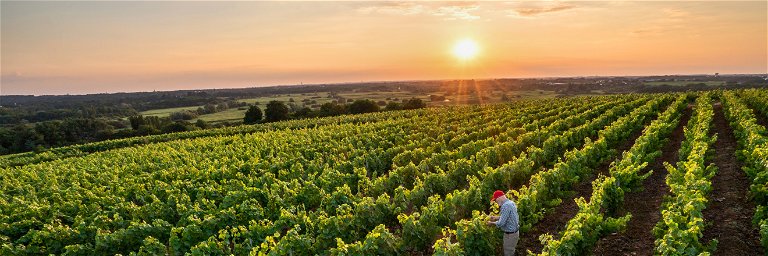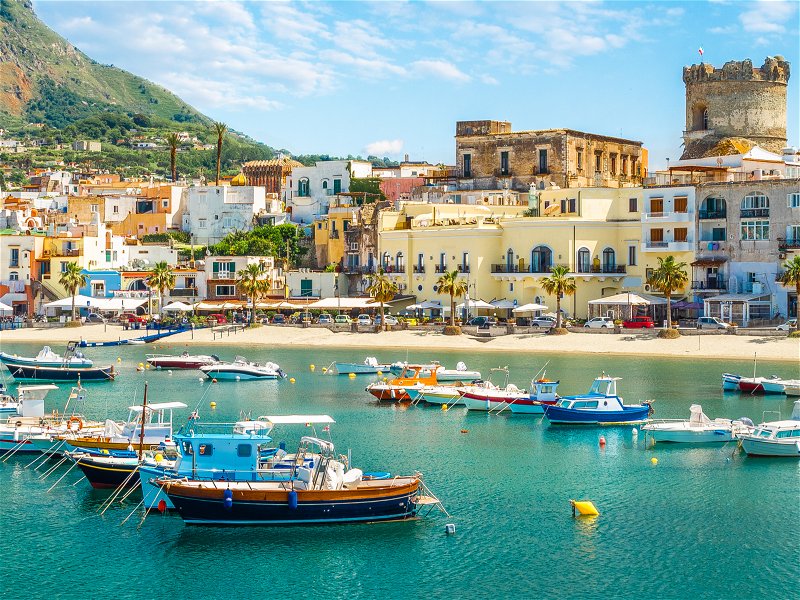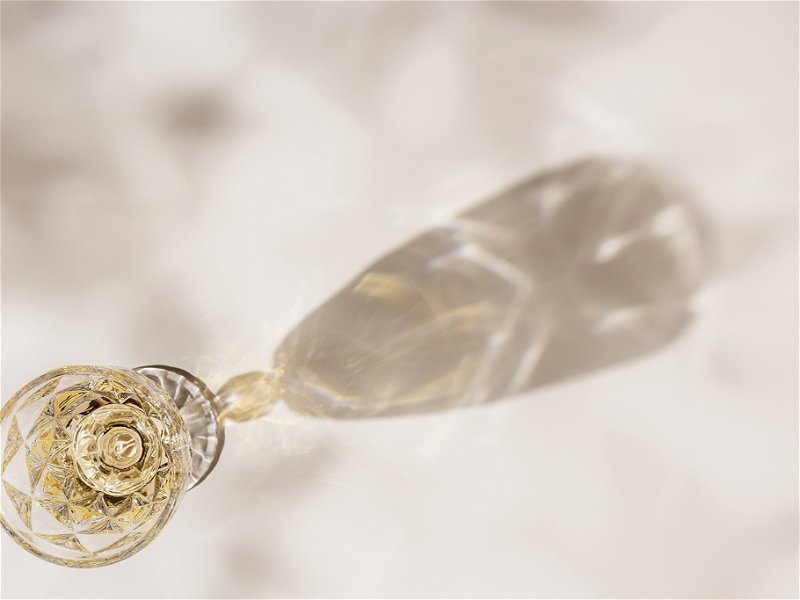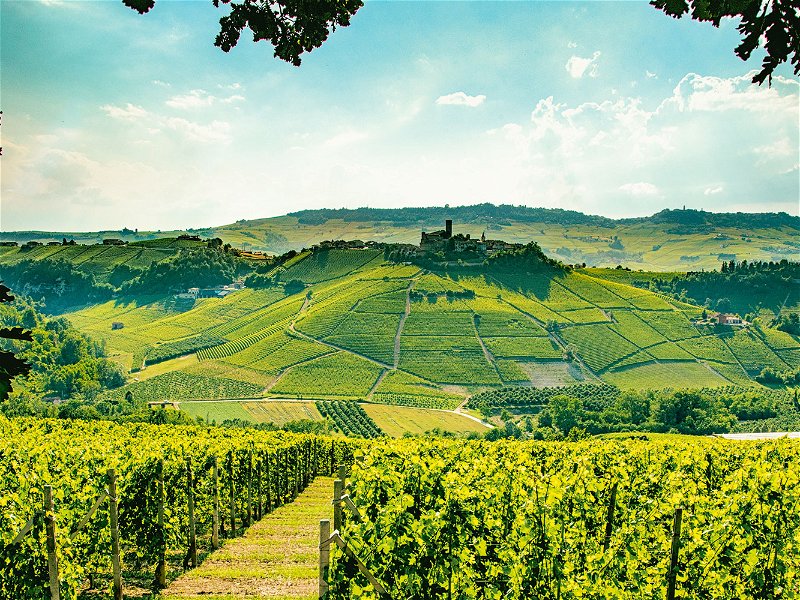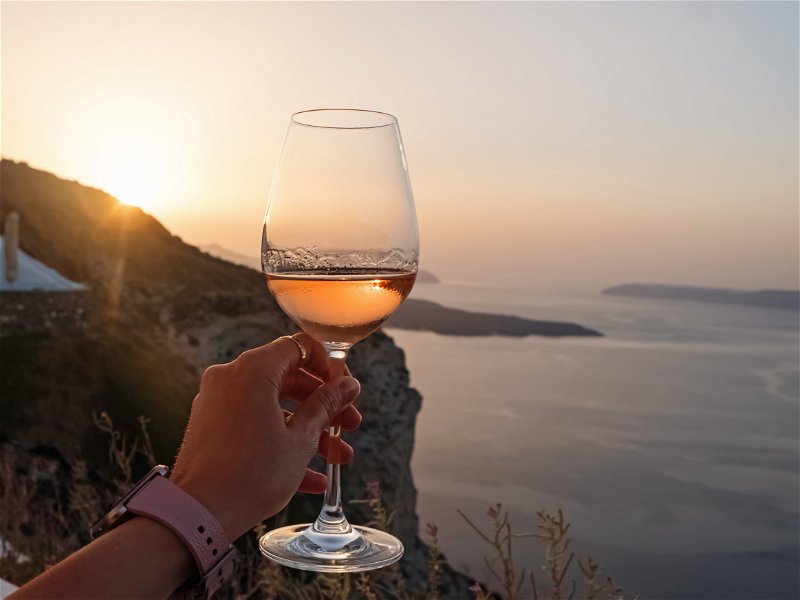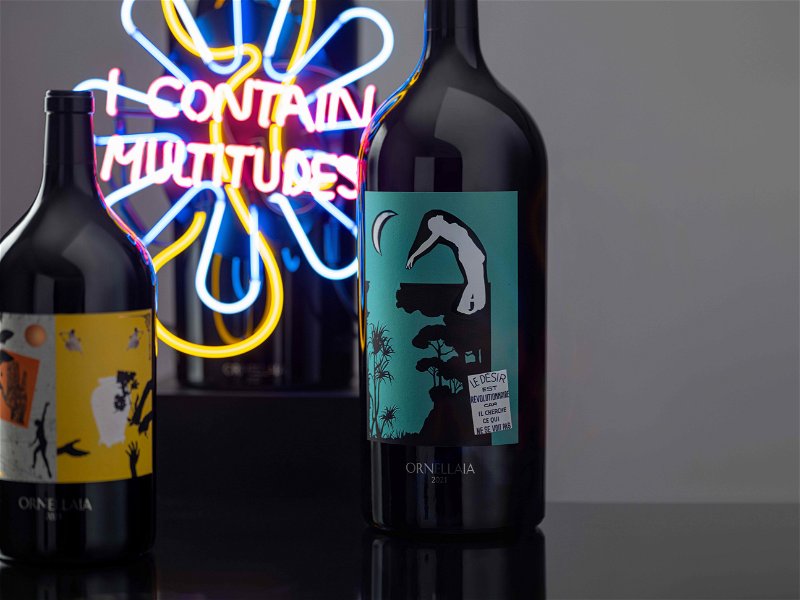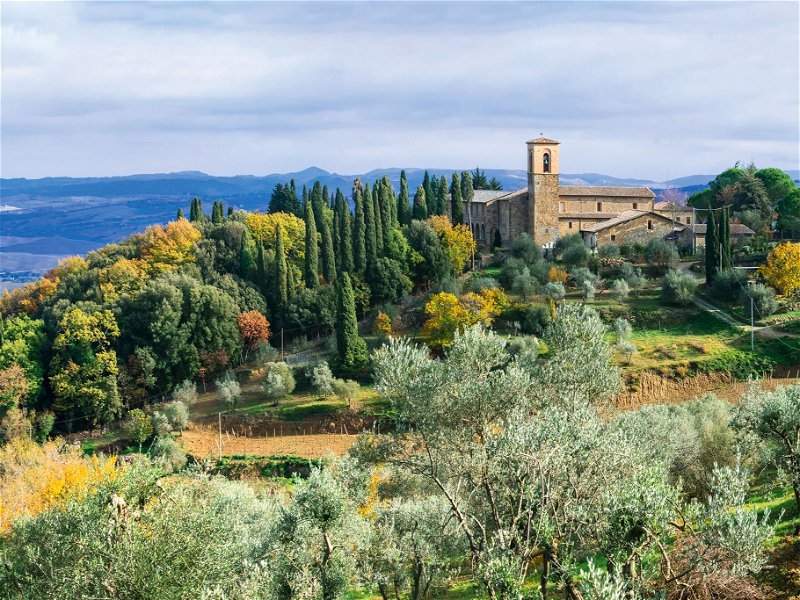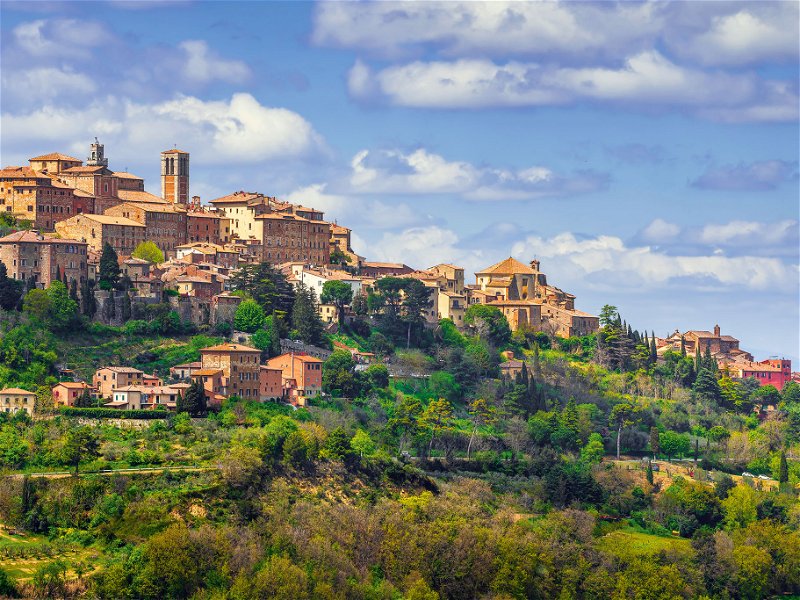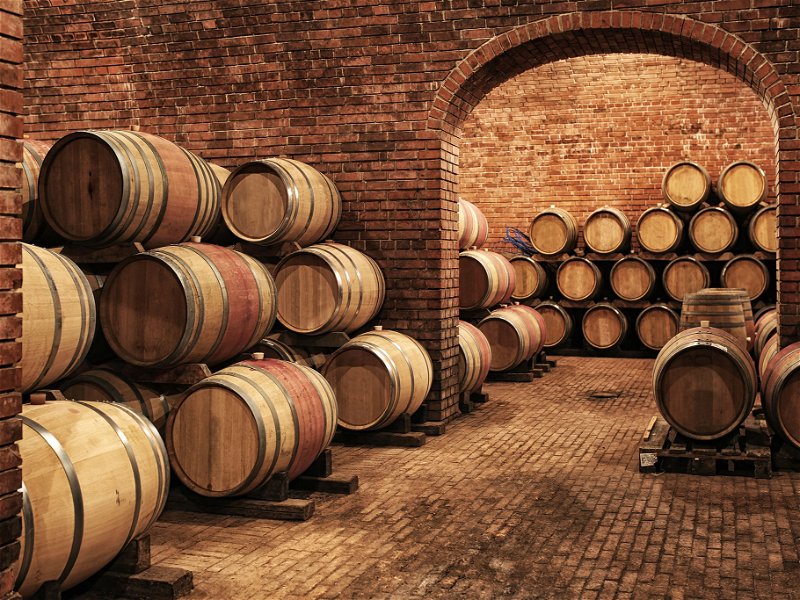Five French grape varieties you need to discover
France’s vinous fame has made international superstars of many varieties. But for every Pinot Noir or Cabernet Sauvignon, there’s a fascinating grape that will add a fresh dimension to your French love affair.
1. Counoise
Everyone is familiar with the generous, warming, spicy Côtes du Rhône reds, but how many of this region’s 15 permitted red grape varieties can you name? Grenache, Syrah and Mourvèdre may hog the limelight, but they are supported by a large cast of interesting characters, among the most notable of which is Counoise.
With moderate alcohol and tannins, Counoise does not exactly lend itself to blockbuster styles. But its attractive fruit, lively acidity and peppery spice all act as a refreshing counterbalance in a blend alongside this sun-drenched region’s often rather hefty stars.
In the Rhône, appellation laws prevent Counoise from enjoying solo billing, although it often makes up as much as 10% of the blend at top Châteauneuf du Pape producer Château de Beaucastel. For now, the best place to see this grape’s personality is California, where several adventurous wineries make single variety Counoise. Its presence here is largely thanks to experimental planting pioneered by Paso Robles estate Tablas Creek, which has close ties to Beaucastel.
2. Mondeuse
The Alpine valleys of France’s Savoie region are home to several interesting varieties well worth enjoying beyond the confines of a ski holiday. One name to look out for is Mondeuse. Almost wiped out by phylloxera in the 19th century and deeply unfashionable for much of the 20th century, in the 21st century Mondeuse has embarked on a mini revival, with around 240 hectares now planted in its main home of Savoie alone.
Closely related to Syrah, Mondeuse shares this more famous variety’s dark colour and peppery personality. Its high acid not only makes for a lively palate, but also proves useful for sparkling wine production. The variety is also often found in a blend with Pinot Noir and Gamay, sometimes as a rosé. However, the finest examples of Mondeuse invariably feature this variety on its own as a red wine.
Keen to explore further? Domaine Prieuré St Christophe took a lead in preserving Mondeuse and is still recognised as making one of the most seductive, distinctive expressions of this grape. Other Savoie stars include Domaine de l’Idylle and Denis & Didier Berthollier.
3. Tibouren
Provençal rosé has successfully seduced wine lovers with its pale charms, the perfect accompaniment to floating around the glistening Mediterranean – or at least dreaming of that scenario. Much of this quintessential summer refreshment comes from Grenache and Cinsault, but if you’re keen to escape the crowds for a more niche experience then look out for Tibouren.
This ancient Provençal variety is thought to have been introduced here by Julius Caesar, its name inspired by Rome’s famous river Tiber. Few other varieties capture so vividly that earthy, herby scent of the local garrigue with such expressive, floral charm. Rosé may be this region’s modern day success story, but Tibouren’s talents also extend to equally charismatic red wines.
Credit for the survival of Tibouren today must go almost entirely to Clos Cibonne, a 24-hectare estate in the coastal hills above Toulon. Devastated by phylloxera and susceptible to disease, Tibouren was nearly lost in the 1930s, but Clos Cibonne embraced this variety. Their fresh, age-worthy rosé and red demonstrate why Tibouren was worth saving.
4. Roussette
This is another alpine star that deserves to be appreciated well beyond that annual fondue binge. Also known as Altesse, Roussette is easily confused with the more prolific Rhône variety Roussanne, which also has a presence in this corner of south-eastern France, although tends to go by the local name of Bergeron. If you can untangle that confusing nomenclature then a rewarding glass of wine awaits.
Roussette captures that same pure, breezy mountain character found in so many other alpine varieties, but is also capable of moving beyond the aperitif slot to more substantial, complex wines. The most opulent expressions, redolent with blossom, crystallised fruit and nuts can often handle oak maturation and can age comfortably for a decade.
Roussette’s Jura and Savoie home is populated by small producers, many selling their entire output locally, which helps explain the low profile of this variety. Among the more ambitious names to look out for are Franck Peillot in the Roussette de Bugey Montaigneu appellation, as well as top quality Roussette de Savoie from Domaine Saint-Germain and Domaine Dupasquier.
5. Melon de Bourgogne
This rather strange sounding variety may not sound familiar, or even grow anywhere in Burgundy as its name suggests, but there’s a good chance you’ve drunk its results without noticing. This is the grape behind that perfect but often underrated seafood match, Muscadet.
This cool, damp region around the city of Nantes, where the Loire prepares to flow into the Atlantic, has proved ideally suited to Melon de Bourgogne. While other varieties might rot or simply fail to ripen, Melon de Bourgogne can achieve generous yields with a gentler acidity than you might expect at such a northerly latitude. Indeed, such generosity ultimately damaged its reputation and that of Muscadet with an ocean of neutral flavoured, rather uninspiring wine. Now is the time to look again.
Melon de Bourgogne may not boast a particularly bold personality of its own but, provided yields are kept low, can provide a perfect canvas for terroir and interesting lees influence. The examples from Hervé and Nicolas Choblet at Domaine du Haut Bourg, some of which spend nine years maturing on their lees, show how serious Muscadet can be. Another Choblet, Jerome, is a less extreme standard bearer for these gloriously saline, drinkable wines. Now just add oysters.
